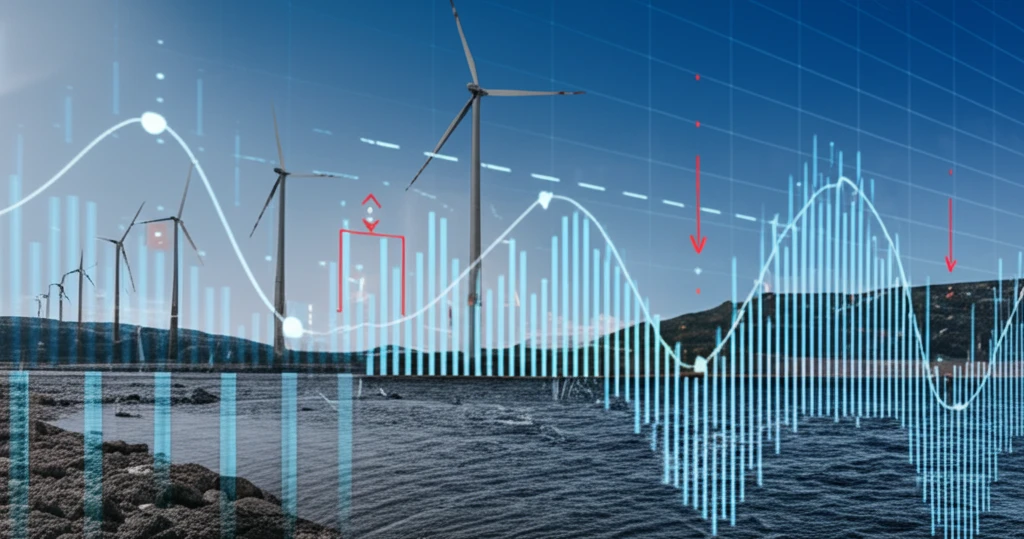
Unlocking the Flow: How Renewable Energy Impacts Nordic Rivers
"Dive into the surprising effects of hydropeaking and short-term river flow regulation in Nordic countries. Learn how energy choices impact our waterways and what it means for the future of sustainable energy."
In an era defined by the urgent need for sustainable energy, hydropower stands as a pivotal source, capable of balancing the fluctuating demands of modern power grids. Yet, this flexibility comes at a cost, particularly for the delicate ecosystems of Nordic rivers. As countries like Finland, Sweden, and Norway embrace renewable energy sources such as wind and solar power, the role of hydropower has intensified, leading to rapid, short-term changes in river flow known as hydropeaking. This phenomenon poses significant challenges to maintaining the ecological health of these vital waterways.
Hydropeaking, characterized by abrupt changes in river discharge, is not a new issue, but its prevalence is growing in tandem with the integration of intermittent renewable energy sources. The increasing reliance on hydropower to stabilize energy grids can lead to unnatural flow patterns, disrupting aquatic habitats and impacting a range of species. Understanding the drivers and consequences of hydropeaking is crucial for developing sustainable water resource management strategies that balance energy needs with environmental preservation.
Recent research leveraging extensive datasets from 150 sites across the Nordic region sheds light on the intricate dynamics of hydropeaking. This analysis reveals not only the current state of river flow regulation but also the factors influencing these changes, including the growing contribution of wind power to the energy mix. By examining these trends, we can gain valuable insights into how energy policies and climate change are reshaping the landscapes of these countries.
What is Hydropeaking and Why Does It Matter?

Hydropeaking refers to the rapid and frequent fluctuations in river flow caused by the operation of hydropower plants. Unlike natural variations in water levels, these changes are driven by electricity demand, with power plants quickly adjusting water release to meet peak energy consumption times. While hydropower provides a flexible and renewable energy source, the artificial flow patterns resulting from hydropeaking can have significant ecological consequences.
- Disrupted Aquatic Habitats: Rapid flow changes can wash away fish eggs and larvae, destabilize riverbeds, and alter the availability of suitable habitats.
- Impacted Fish Behavior: Fish may struggle to adapt to fluctuating water levels, leading to increased stress, reduced feeding efficiency, and altered migration patterns.
- Altered Food Webs: Changes in flow regime can affect the abundance and diversity of aquatic insects and other invertebrates, which serve as a primary food source for fish and other wildlife.
Balancing Energy Needs and River Health
The transition to renewable energy sources presents both opportunities and challenges for sustainable water resource management in the Nordic region. As hydropower continues to play a crucial role in balancing intermittent wind and solar power, careful consideration must be given to minimizing the ecological impacts of hydropeaking. This requires a holistic approach that integrates energy policies, water resource management strategies, and ecological monitoring programs. By embracing innovative solutions and fostering collaboration among stakeholders, we can ensure the long-term health of Nordic rivers while meeting the growing demand for clean energy.
